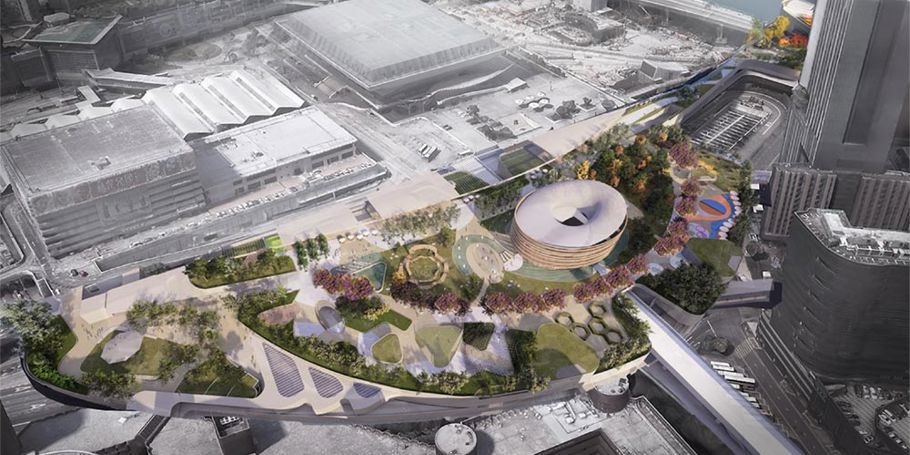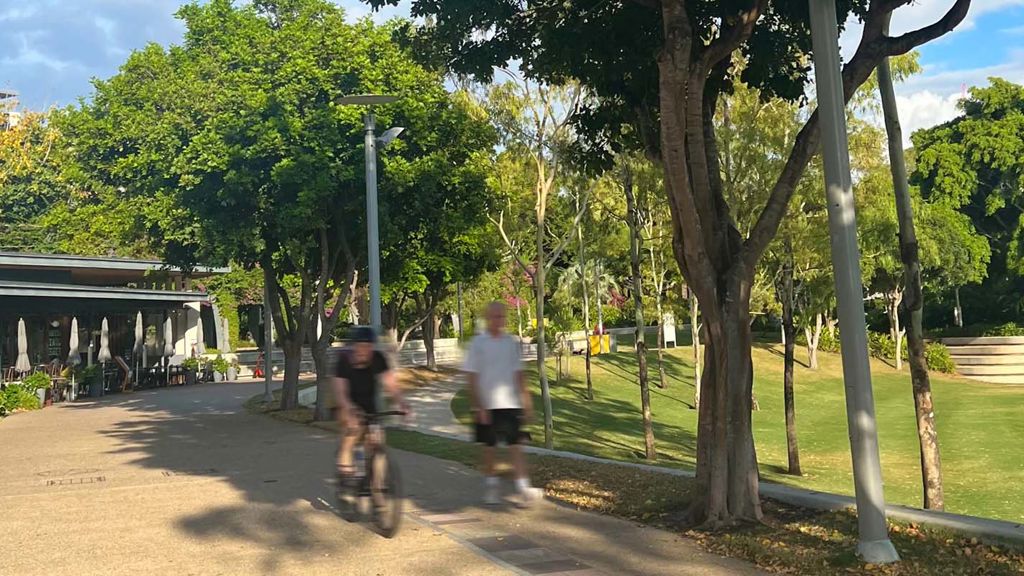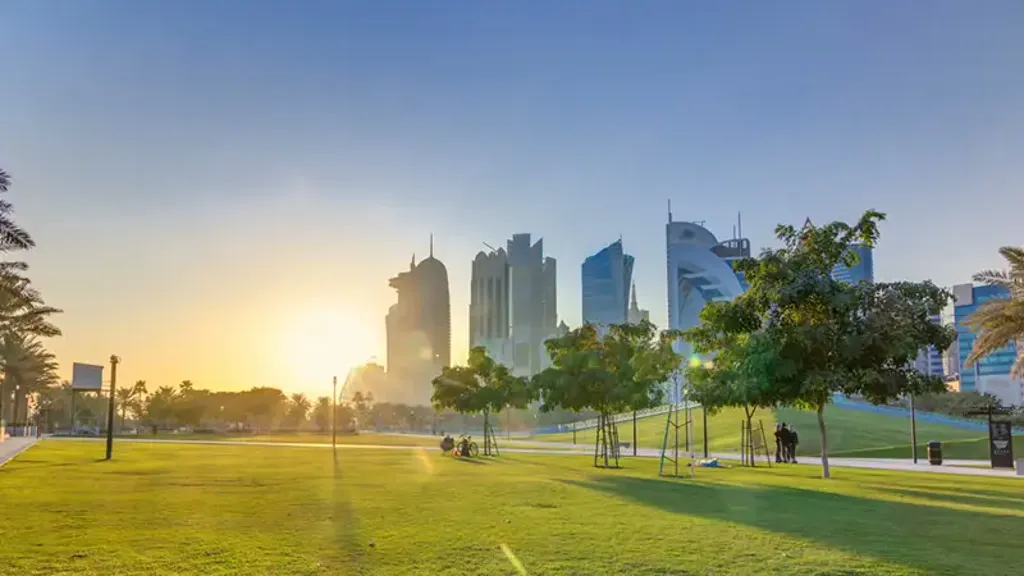Landscape architecture
Arup’s landscape architects partnered with MoIT and RCUD to create a vision, framework and concept design proposal to enhance and manage a network of green infrastructure and accessible open spaces, including parks, urban waterways, heritage sites and environmentally sensitive areas. Following a Strategic Environmental Assessment, our environmental consultants and geohazard specialists developed plans to bolster the city’s natural hazard resilience – a priority given its location in the seismically active Himalayan Mountains.
The landscape strategies aim to address the spatial, environmental and climate change challenges that Thimphu is facing, with a focus on protecting existing places and habitats of ecological and amenity value, connecting landscapes and people and providing new open and green spaces for local communities and visitors. This includes a series of nature-based solutions, such as re-naturalising culverted streams in the city, to improve water quality, enhance biodiversity and create new destinations for people.
Water resource management
Arup’s water engineers modelled Thimphu’s water and wastewater networks, and assessed the 13 treatment plants serving the city, to determine current network capacity. We also performed a climate change resilience assessment to evaluate risks to water resources in the region.
To improve the equality, efficiency, reliability and resilience of the city’s water supply, numerous water supply measures were proposed, including demand and pressure management initiatives, increasing water reservoir storage capacity, reducing water losses throughout the network and reallocating water supply from alternative sources across the sub-catchments. To meet current and future wastewater demands, we are proposing separating wastewater and stormwater, upsizing low-capacity sewers and consolidating and upgrading wastewater treatment plants.
Prioritising resilient and green infrastructure solutions will provide ecological, economic and public health benefits. The plan proposed sustainable urban drainage systems (SuDS) like swales and rain gardens throughout the city, reducing the environmental impact of runoff flows and enhancing Thimphu’s climate resilience to create a more sustainable and liveable community.
Transport consulting
To create a sustainable transport system for Thimphu, Arup’s transport planners modelled the existing road network and travel patterns, delivering the city’s first comprehensive traffic survey and local transport model. Building local capacity, the team, including a traffic survey company, trained organisations in Thimphu to undertake traffic surveys and harness the use of open data for current and future projects.
As Thimphu’s transport network is mainly road-based, with most trips taken in private vehicles, the team developed strategies for infrastructure and behavioural change interventions to promote active travel, such as walking, and shared mobility, such as public transport and taxis. The plan integrates land use and transport planning, reduces city congestion and encourages low-emission mobility.
The transport model demonstrated the potential impacts of these strategies, which helped gain public acceptance. Our transport planners developed a phased implementation plan with clear timeframes, roles, responsibilities and alignment with other infrastructure upgrades. This plan will boost connectivity, reduce carbon emissions and enhance Thimphu’s economy and attractiveness, transforming it into a vibrant, green and liveable city.







